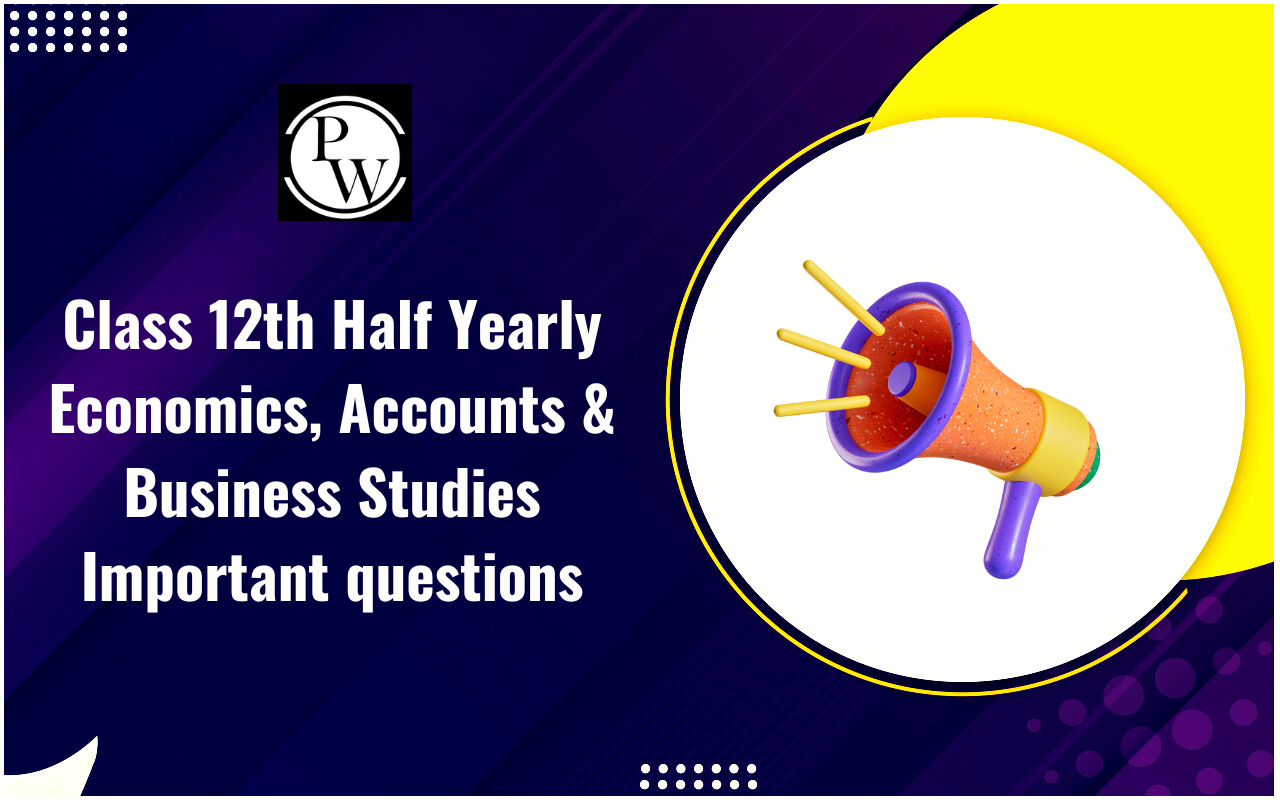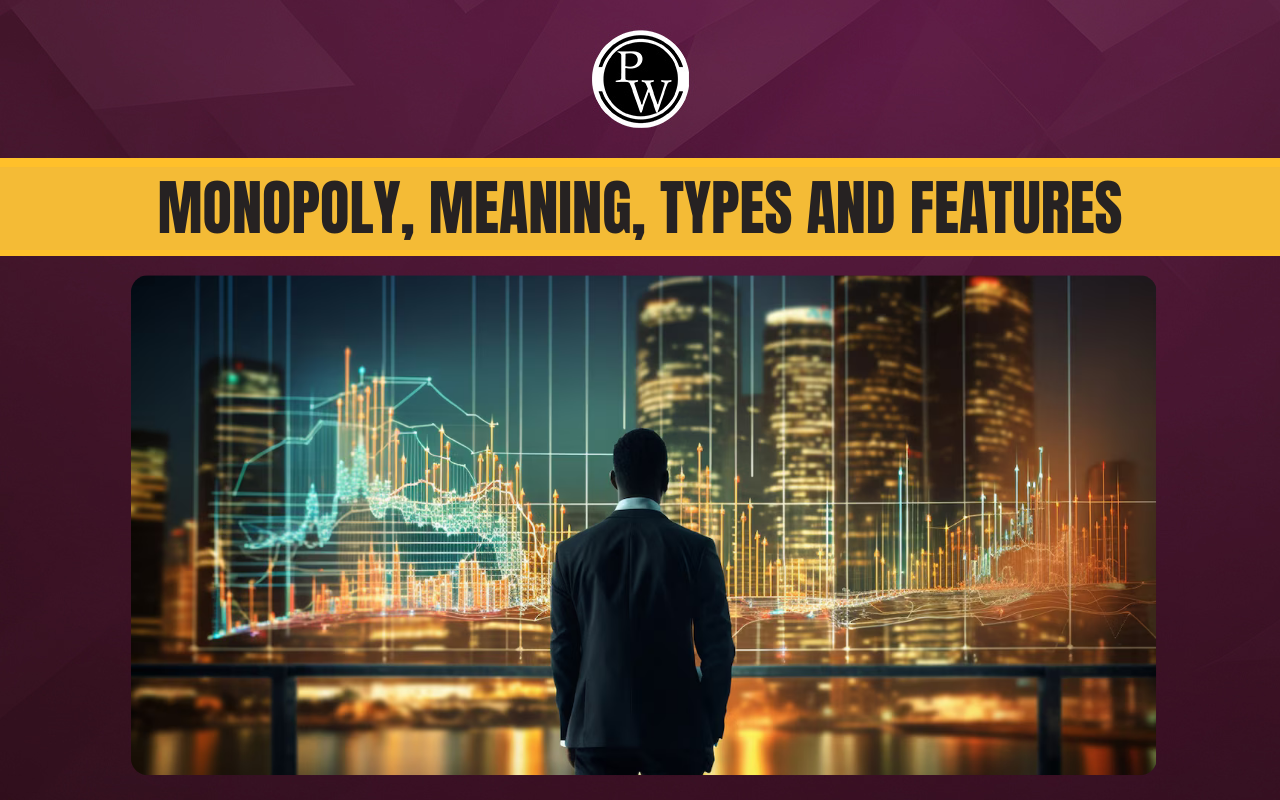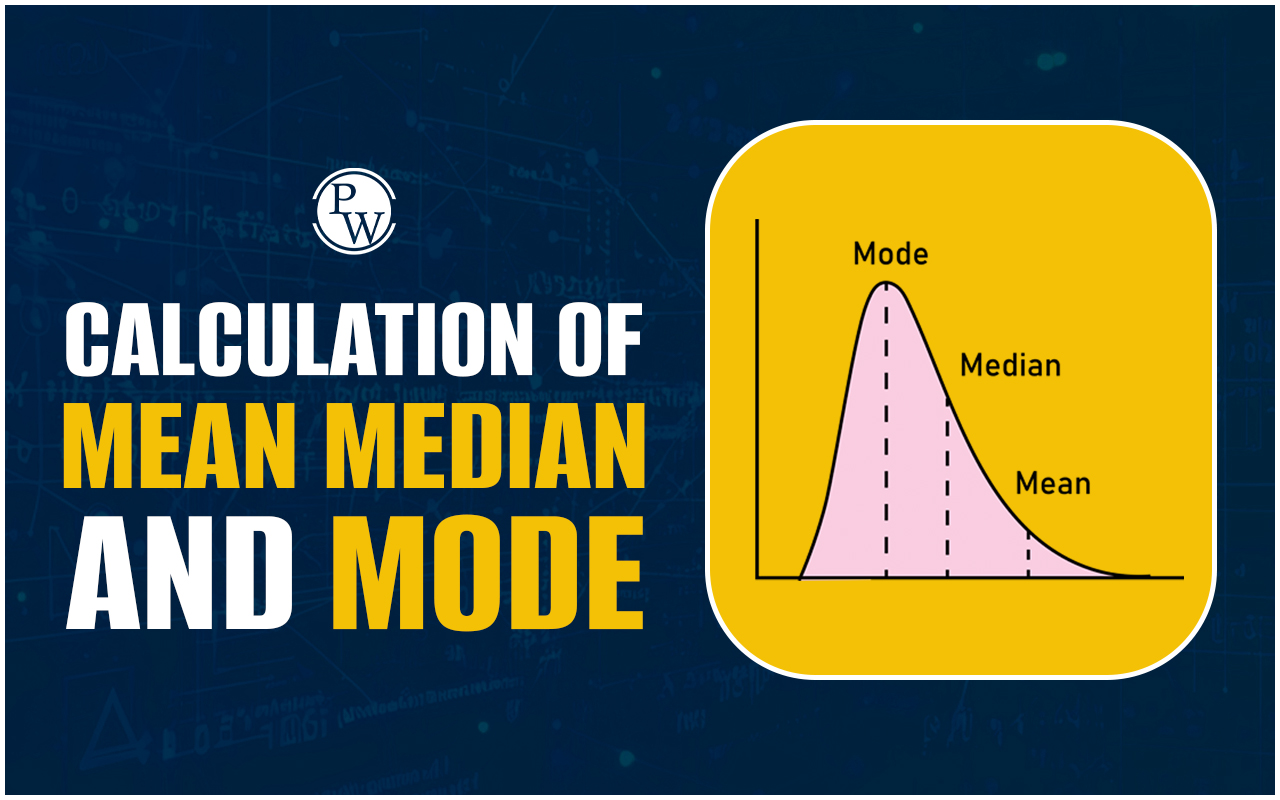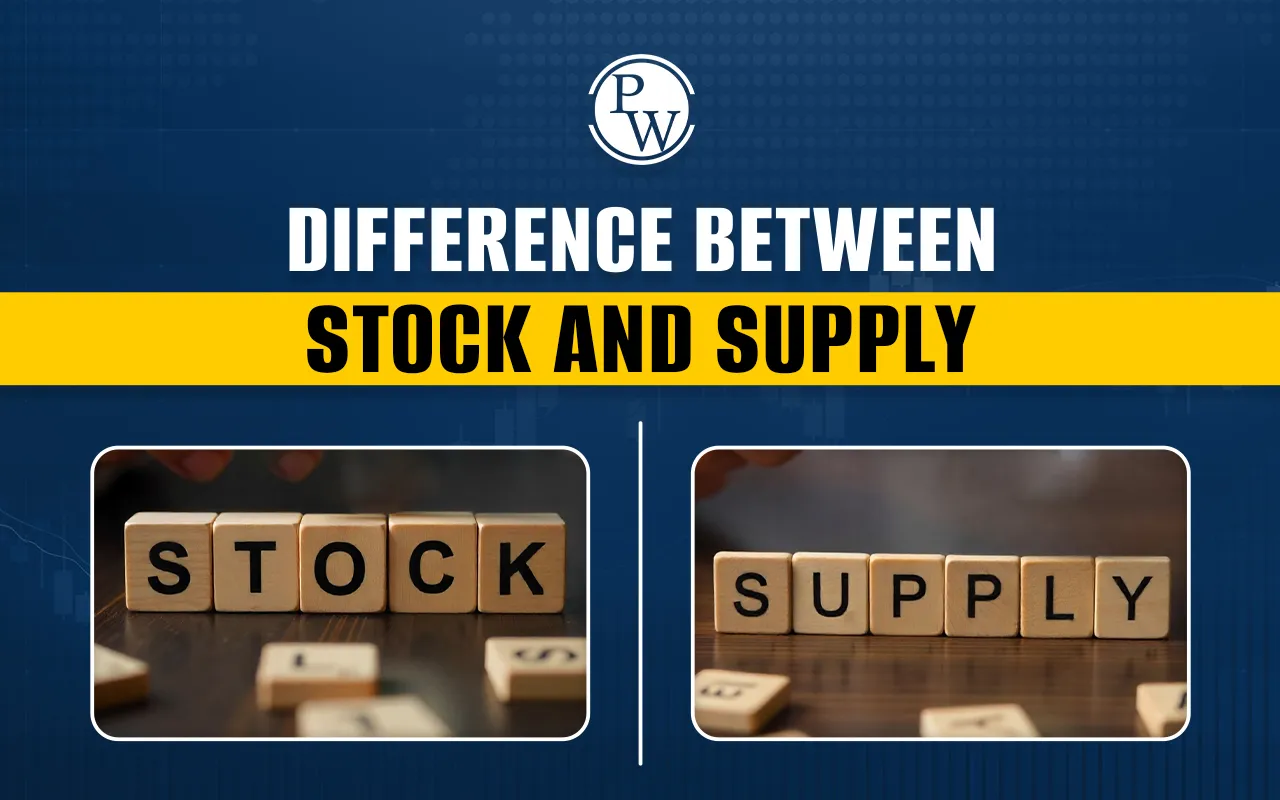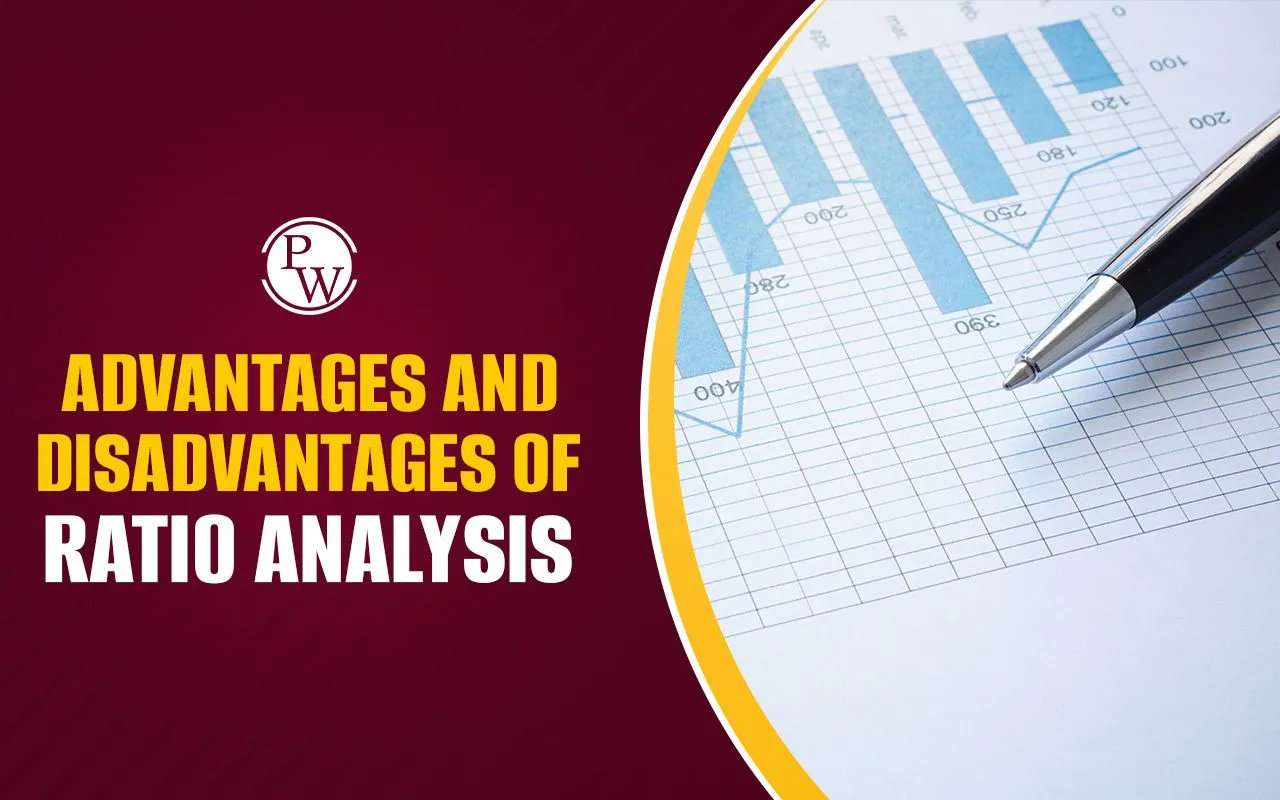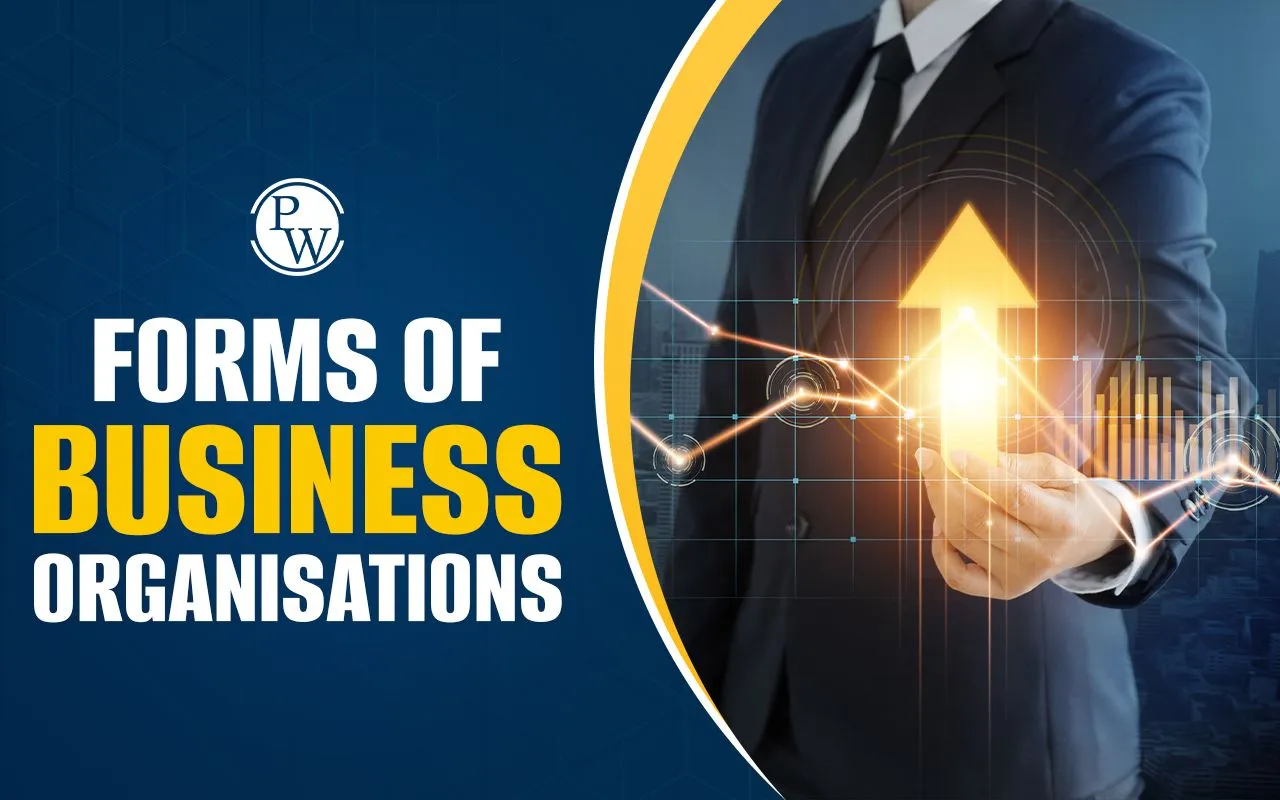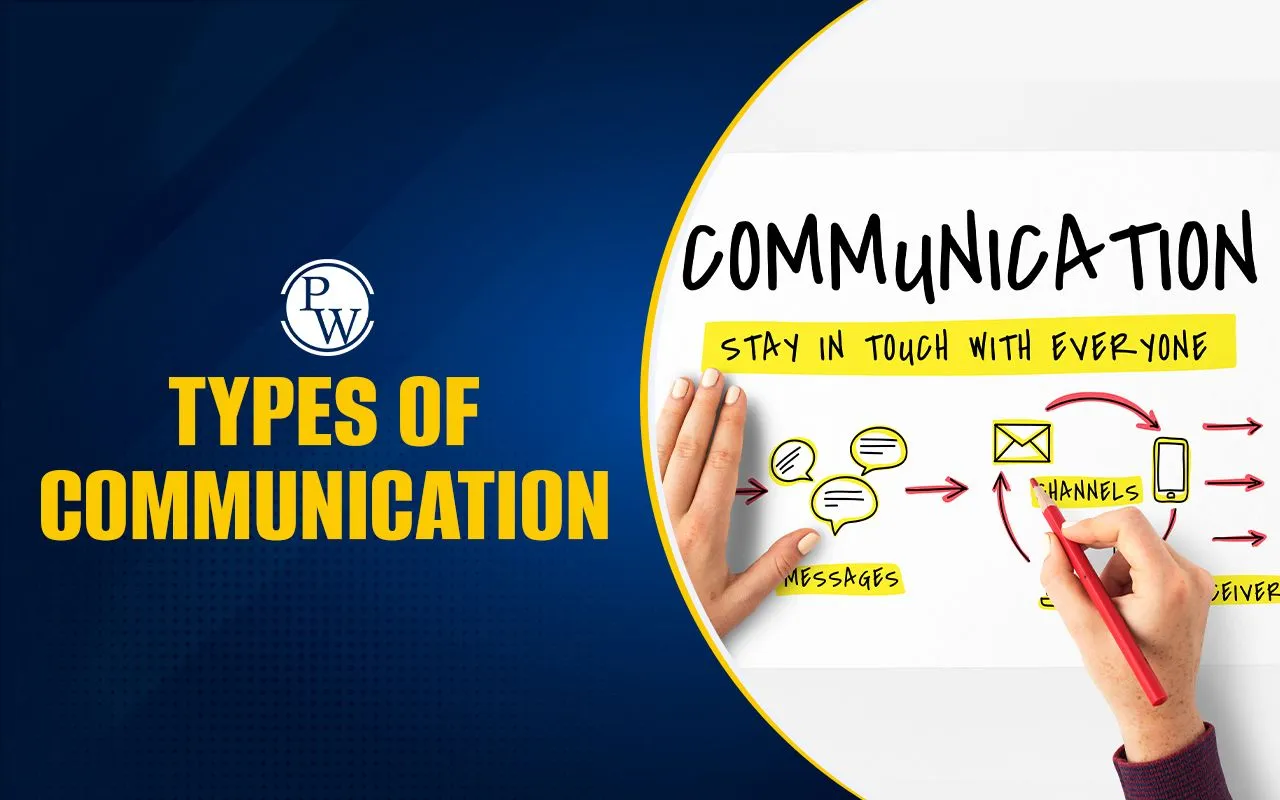

The concept of opportunity cost is a fundamental principle that influences personal and business choices. The notion encapsulates the idea that whenever a decision is made, there is an inherent cost associated with forgoing the next best alternative. In simpler terms, opportunity cost refers to what is sacrificed when a particular choice is pursued.
Opportunity cost is a cornerstone in decision-making, unveiling the hidden costs of choices and illuminating the road not taken. By recognizing the trade-offs and evaluating alternatives, individuals and businesses can navigate complex decisions more clearly and intentionally. The concept's influence extends from personal finance to strategic business planning, imprinting the principle that every choice has consequences beyond its immediate outcomes. This concept has significant implications across various domains, from economics and finance to daily life choices. In this comprehensive exploration, we will delve into the depths of opportunity cost, elucidating its significance, providing real-world examples, and highlighting its impact on decision-making.What is the meaning of Opportunity Cost?
Opportunity cost is rooted in the scarcity of resources, a core economic principle. Resources, be it time, money, or any other asset, are limited, while human desires and needs are limitless. As a result, individuals and organizations are perpetually confronted with choices on allocating these finite resources to fulfill their objectives. Opportunity cost underscores the reality that by choosing one option, alternatives must be sacrificed. To illustrate this concept further, let's consider a classic example: a student choosing between studying for an exam or attending a social event. If the student decides to attend the event, the opportunity cost is the potential higher grade that could have been achieved if the time was spent studying instead. Conversely, if the student chooses to study, the opportunity cost becomes the enjoyment and social interaction that could have been experienced at the event.Impact on Decision-Making in Opportunity Cost
Recognizing and understanding opportunity cost is vital for making informed decisions. By explicitly considering the alternatives and their associated costs, individuals and businesses can assess the trade-offs and select options that align with their goals and priorities. Rational Decision-Making: Accounting for opportunity cost enables rational decision-making by weighing the pros and cons of each choice. This process encourages a comprehensive evaluation of the potential benefits and drawbacks of different options, leading to more thoughtful and well-informed decisions. Resource Allocation: Businesses often face resource allocation decisions. For instance, a company with limited funds must decide whether to invest in research and development or marketing. Understanding opportunity cost aids in optimizing these allocations by analyzing which investment is likely to yield the highest returns and long-term benefits. Personal Finance: Opportunity cost is particularly pertinent in personal finance. When choosing between spending on immediate gratification or saving for the future, individuals must consider the future value of their money. Opting for delayed consumption can lead to greater financial security and opportunities in the long run.Examples of Opportunity Cost
Investment Choices: Imagine an individual with $10,000 to invest. They are considering two options: investing in stocks or investing in bonds. If they choose stocks and earn a 7% return, the opportunity cost is the potential return from bonds, which might offer a more stable but lower return of 4%. Alternatively, if they choose bonds, the opportunity cost becomes the potentially higher return from stocks.
Time Allocation: An entrepreneur has a limited amount of time each day. They can either spend that time developing a new product or focusing on marketing strategies for their current products. If they choose to develop a new product, the opportunity cost is the potential revenue and growth that could have been achieved by investing that time in marketing existing products. Education Choices: Consider a student deciding between pursuing a degree in engineering or a degree in fine arts. If they choose engineering, the opportunity cost is the artistic skills they might have developed through a fine arts degree. Conversely, if they choose fine arts, the potential opportunity cost is the technical knowledge and career prospects associated with engineering. Read Related Topics| What Is Current Liabilities | Emergence of Macroeconomics | Economic Reforms |
| Issue and Redemption of Debentures | Introduction to Macroeconomics |
Opportunity Cost FAQs
What is opportunity cost?
How does opportunity cost relate to scarcity?
Why is understanding opportunity cost important?
How does opportunity cost impact business decisions?
Is opportunity cost only applicable in financial contexts?

